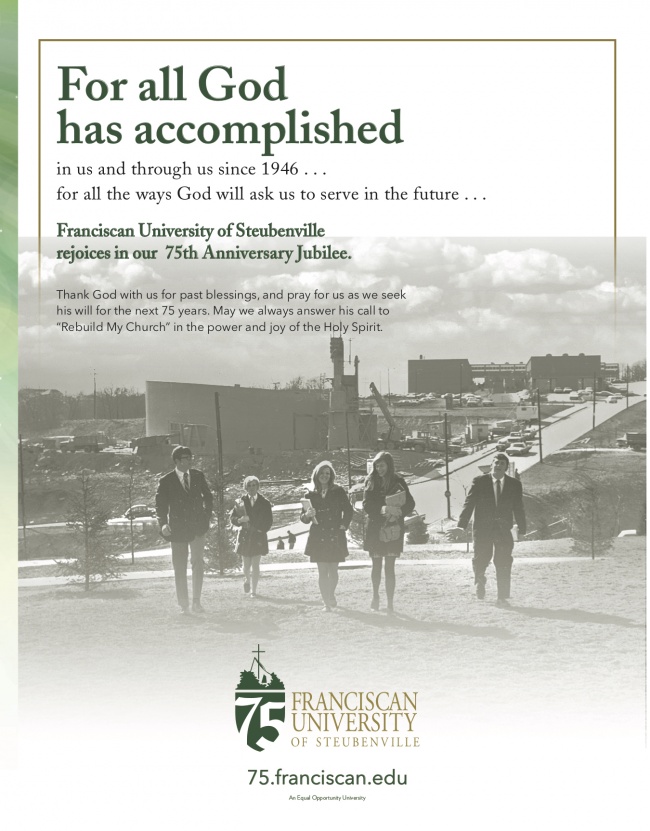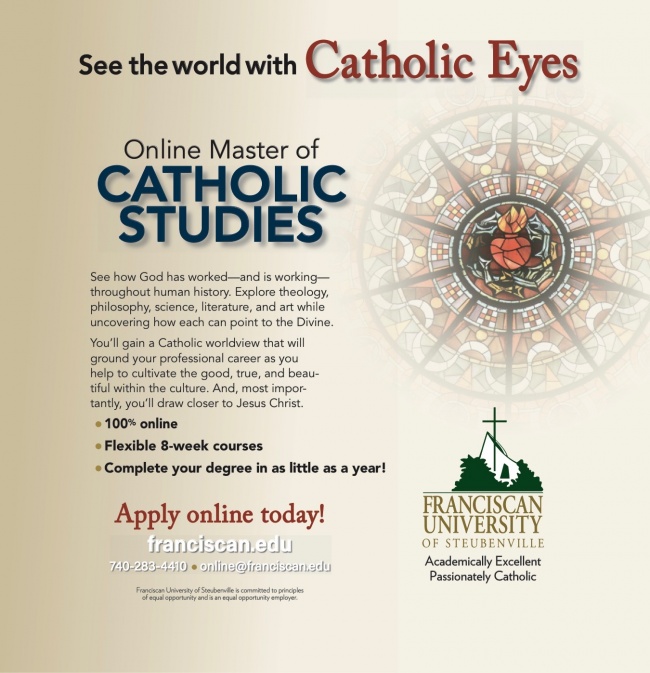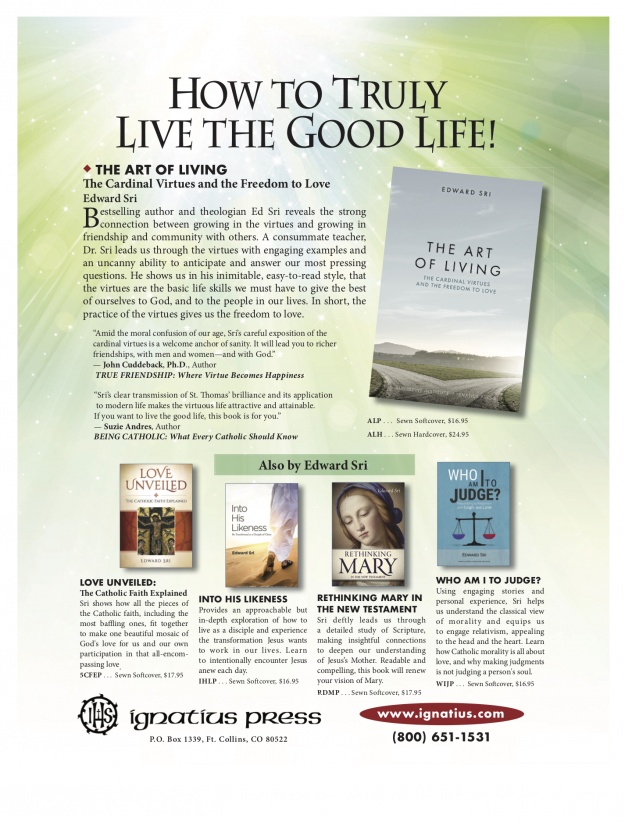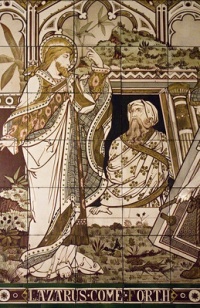From the Shepherds – A Half Century of Progress: The Church’s Ministry of Catechesis, Part Two
We continue this series from the last issue of the Catechetical Review here in the "From the Shepherds" department because of its reflections on the writings of the bishops of the universal Church.
The five decades between the Second Vatican Council and the publication of the third general catechetical directory in 2020 have been an extraordinarily important period in the history of modern catechetics. During this time the Church’s catechetical ministry has been afforded unprecedented support in documents of the universal Church as well as those of the bishops of the United States. This series of articles is an exploration of those documents. Prior to the Council, however, six pivotal international catechetical study weeks were convened that previewed some of the major concerns raised in the deliberations of the Council fathers. In the first article of this series, the basic themes of the first three international catechetical study weeks held between 1959 and 1964 were explored. In this article, we will examine the issues engaged by the last three international catechetical study weeks held between 1964 and 1968.
Catholic Schools – Apostolicity: Guarding the Deposit of Faith
A frequently asked question from the young women I teach is, “Don’t you feel like it’s unfair that women can’t be priests?” As a woman working in the Church and teaching the faith, I think they expect me to feel cheated, as if my rights are being disrespected. While I have taken the time to consider the question and its implications, I would never change my answer: “Not at all!” The role I have is an absolute privilege and different roles do not mean unequal or unfair—they just mean different.
My job as a Catholic middle school religion teacher is a great privilege. Every day, I get to share the Gospel with my students. My classroom is a place where people are invited to know and love the Lord, where the Scriptures are spoken, where our story of salvation is told year after year. I have a fundamental task in the lives of my students. COVID or not, I am an “essential worker” in the vineyard of the Lord because what I teach must be shared. It affects the salvation of souls.
RCIA & Adult Faith Formation – Catholicity: The Catholic Non-Conspiracy
The human heart loves mysteries. By mystery, I mean hidden knowledge that requires a sleuth to uncover the truth. We love the idea of discovering lost secrets that upend our entire understanding of our world. Think of space aliens and the secret Area 51 in New Mexico. Think of movies like Raiders of the Lost Ark where the “true purpose” of the Ark of the Covenant is revealed or National Treasure, which divulges the “real” mission behind the Knights Templar and features the discovery of an ancient, buried treasure. There are even “mysteries” about the Catholic Church found in books like The Da Vinci Code, which “promised” to tell readers the machinations of the Vatican’s puppet masters, Opus Dei, and their effort to keep hidden forbidden knowledge that would expose the “true,” scandalous origins of Christianity!
Conspiracy theories make for interesting novels and entertaining movies, but, to the dismay of many, they are nothing more than conjecture designed to lead people away from the much more mundane truth of reality. Most of the time, what is obvious and clear is the truth: we haven’t found aliens, the Ark is not the ultimate weapon, and who the Church is and what she believes has been public since its founding by Christ and does not require a detective to find it. This aspect of the Church is what we call “catholic.”
The Church Is Holy: Perspective and Hope from St. Augustine
That They May Be One
The seventeenth chapter of John’s Gospel captures an intimate conversation between Jesus and God the Father. Jesus and his disciples will soon cross the Kidron Valley and enter into the Garden of Gethsemane. He will be arrested and enter into his Passion. “The hour has come” (Jn 17:1).
Earlier in John’s Gospel, when Mary approaches Jesus at the wedding at Cana, Jesus responds by saying, “My hour has not yet come” (Jn 2:4). Later, when Jesus heals on the Sabbath, the people seek to arrest him, but “no one laid hands on him, because his hour had not yet come” (Jn 7:30). But now, the hour has come, and Jesus turns to the Father in prayer.
What does Jesus say to the Father at this crucial moment? He prays that we all may be one. “Holy Father, keep them in your name, which you have given me, that they may be one, even as we are one.... The glory which you have given to me I have given to them, that they may be one even as we are one, I in them and you in me, that they may become perfectly one, so that the world may know that you sent me and have loved them even as you have loved me” (Jn 17:11; 22–23).
Christ’s prayer is a prayer for the Church—it is a prayer for you and me—so that we may all be regathered into one Mystical Body of Christ, founded on the apostles, sharing by Word and sacrament in that one love between the Father, Son, and Holy Spirit.
Editor’s Reflections: The Church: Becoming What We Are
“About Jesus Christ and the Church, I simply know they’re just one thing, and we shouldn’t complicate the matter.”[i] These are the striking words of St. Joan of Arc, boldly spoken as she stood trial. “They’re just one thing” because Jesus himself described his relationship to the nascent Church as the relationship of vines united to a single branch (cf. Jn 15:1–5). In other words, while distinctions are not difficult to find between Christ and the Christians who make up the Church, at root (forgive my pun), they are one living thing.
We live in a time of heightened divisiveness and loneliness. Online social connections are, as we all know, meager substitutes for real connection and friendship. Perhaps you share with me the conviction that the Church is the needed antidote. The Church is—and at the same time is meant to become—a remarkable communion. The sacraments bring us into communion with the Blessed Trinity, and being in this communion means that we are also intimately united with everyone who is in this remarkable relationship with God: the angels, the saints, all those in Purgatory, and every baptized person on the planet. If Baptism makes us adopted sons and daughters of the Father, then it also makes us truly brother and sister to one another. This extraordinary truth arises out of what the sacraments accomplish.
Note
[i] Catechism of the Catholic Church, no. 795, quoting Acts of the Trial of Joan of Arc.
AD: Franciscan University—Celebrating 75 Years of Service to the Church
For more information about the celebrations for the University's 75th Anniversary, please go to 75.franciscan.edu. Or call (740) 283-3771.

AD: Online Master's Degree in Catholic Studies
To find out more information or to apply, click here or call (740) 283-3771.

AD: How to Truly Live the Good Life: Books by Edward Sri
To order these books and films from Ignatius Press, go to www.ignatius.com. Or call 800-651-1531. Let them know you saw the ad here.

Applied Theology of the Body: Catholic Sexual Morality – The Call to Live and Love as Embodied Persons
Over the past few years, the findings from surveys done by the Pew Research Center and Gallup polls have consistently painted a dismal, disturbing, and almost depressing picture of how Catholics in the US view the teachings of the Church in the area of sexual morality. According to these sources, the vast majority of Catholics surveyed say that they dissent from the truths of our faith on almost every issue within sexual morality.
For me, these reports are not only distressing but also somewhat bewildering because they do not match my own experience from the past twenty-five years of presenting the truth of God’s plan for human sexuality to thousands of people from all walks of life. In my own work, I have seen the majority of people respond enthusiastically and with a sense of relief and satisfaction to the truth of Catholic sexual morality, especially when it’s grounded in the teachings of Pope St. John Paul II and his monumental catechesis on the theology of the body (henceforth TOB).[1]
All of this leads to some obvious questions. Have those who claim to reject Catholic sexual morality ever heard it proclaimed authentically or ever understood it accurately? Are they rejecting Catholic doctrine on human sexuality or some distorted caricature of our faith? And perhaps more importantly for us, what can we do to help ensure that people are encountering the beauty of God’s plan for human sexuality and hearing it proclaimed in the most personally appealing and most intellectually meaningful way?
In this series of articles, I will share what I have found to be the most important and most attractive truths from TOB to focus on when proclaiming Catholic sexual morality, beginning here with the basic outlook and fundamental reference points provided by TOB. In the subsequent articles, I will apply all of this to specific moral issues.
[1] John Paul II, Man and Woman He Created Them, trans. Michael Waldstein (Boston: Pauline Books and Media, 2006).



